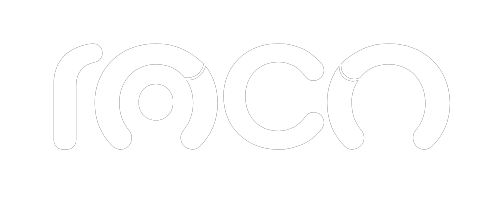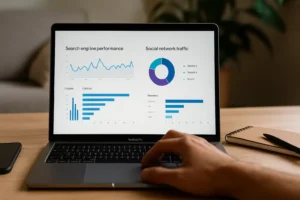Understanding market segmentation variables is necessary to design effective strategies that connect with the target audience. Market segmentation allows consumers to be divided into smaller groups with similar characteristics and needs, facilitating the creation of personalized messages and campaigns. In this article, we will delve into the main market segmentation variables, their importance in current marketing, and how to apply them.
What are the Market Segmentation Variables?
To fully understand market segmentation, it is important to know the variables that allow consumers to be grouped strategically. These variables are divided into different categories, which we will detail below:
1. Demographic Segmentation
Demographic segmentation is one of the most widely used segmentations in marketing. It is based on quantifiable consumer data, such as:
- Age: Allows you to adjust the tone of the message and the strategy according to the age group.
- Gender: Helps to personalize products and services according to the preferences of each group.
- Income level: Define strategies for affordable or luxury products.
- Marital status and household size: It influences purchasing decisions, especially in goods and services for the family.
- Education and occupation: Determining factors in the type of content and products that may be attractive to a specific segment.
2. Psychographic Segmentation
Psychographic segmentation is a central part of understanding what the market segmentation variables are, as it analyzes deeper aspects of consumers, such as:
- Values and beliefs: Fundamental elements in the perception of brands and products.
- Lifestyle: It influences the products and services that a person may prefer.
- Personality: Brands that seek to connect emotionally with their audience use this variable.
- Interests and activities: Determine the channels and type of content to use in the marketing strategy.
3. Geographic Segmentation
Consumers' location is a key variable for adapting marketing strategies. It is based on:
- Regions and cities: Preferences and behaviors may vary from area to area.
- Climate: Determines the demand for certain seasonal products.
- Population density: It influences differentiated strategies for urban and rural areas.
4. Behavioral Segmentation
Behavioral segmentation analyzes consumer behavior patterns, such as:
- Purchase frequency: Allows you to categorize consumers into occasional or frequent buyers.
- Brand loyalty: Segment customers according to their level of loyalty.
- Product Usage: Define strategies according to the intensity with which a customer uses a product or service.
- Benefits sought: Determine the specific reasons that lead a consumer to choose one product over another.
Define your audience and multiply your results!
Market segmentation is key to connecting with your ideal customers. We help you identify and apply the most effective segmentation variables for your business, optimizing your campaigns and increasing your conversions.
5. Segmentation by Benefits
This type of segmentation focuses on identifying the specific benefits that consumers seek in a product or service. Its advantages include:
- Precise targeting: Allows you to understand which aspects are most valued by customers.
- Personalization: Specific messages can be designed for each segment.
- Competitive differentiation: Helps to highlight the unique advantages of the product or service compared to the competition.
Effective Application of Market Segmentation Variables
Now that we know what the market segmentation variables are, we need to know how to implement them effectively. Here are some tips:
- Market research: Use analytics tools to get accurate data about your audience.
- Personalization of content: Make sure each message is aligned with the interests and needs of each segment.
- Continuous testing and optimization: Perform A/B testing to determine which strategies yield the best results.
- Automation and dynamic segmentation: Use automation technologies to adapt your strategies in real time based on user behavior.
Understanding market segmentation variables helps you design successful marketing strategies. From demographic to behavioral segmentation, each method offers a unique way to connect with ideal customers.
Digital Tools for Effective Market Segmentation
To effectively implement market segmentation variables, we must have tools that facilitate data collection and analysis. Some of the most commonly used include:
- Google Analytics: Allows you to obtain detailed information about the behavior of users on a website, identifying key segments based on their navigation and preferences.
- international Google Ads: Provides advanced targeting options for paid campaigns, allowing you to target ads based on demographics, interests, and behavior.
- CRM (Customer Relationship Management): Platforms like HubSpot or CRM consulting They allow you to segment customers based on their interaction and purchase history.
The proper use of these tools improves the accuracy of market segmentation, optimizing marketing strategies and increasing the effectiveness of campaigns. If you want to learn more about effective strategies for digital marketing campaigns, we invite you to read our specialized article: How to Create a Digital Marketing Campaign?.
Boost your Segmentation Strategy!
Now that you know what the market segmentation variables are, it is time to successfully implement them in your business. Agencia RocoWe have SEO and digital marketing experts who will help you optimize your segmentation and maximize the impact of your strategies. Don't miss the opportunity to improve your positioning and attract your ideal audience. Find out how we can help you.





